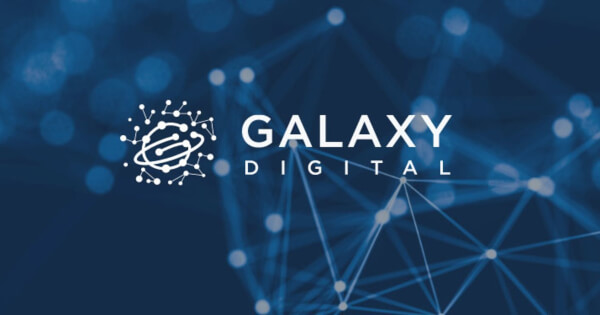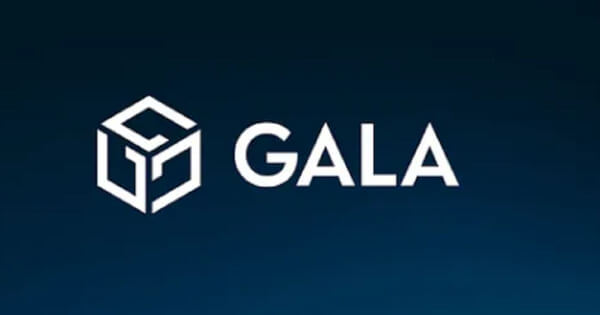
DeFi already offers innovative financial products, but what’s needed for it to go mainstream is to bring more real-world assets on-chain.
In a business school lecture hall at the Massachusetts Institute of Technology (MIT), a senior executive for Safaricom gave a prediction of decentralized finance and the future of commerce to a room of keen but confused MBA students. “You will be able to buy your first home on WhatsApp! Smart contracts on the Ethereum blockchain will take care of everything and you won’t need a broker,” he said with conviction, pointing to a slide.
“How will the house’s title change hands? What about the funds? Can the blockchain do escrow? What role for lawyers? How could we possibly buy something worth a million dollars with the click of a button?” the class wondered.
Students in April 2017 — who hadn’t yet seen Bitcoin (BTC) crest above $20,000 — had little reason to believe that blockchain would change the world. They were intrigued anyway. Although these conversations took place back in 2017, the same discussions could still sound captivating to many today. That’s because there are still many individuals and businesses who have yet to experience the impact of DeFi and real-world assets (RWAs).
Looking to our present in 2021, after the excitement of the DeFi summer and the setback of Bitcoin’s recent sell-off, we are at another crossroads. DeFi total value locked is now above $150 billion, MakerDAO has now officially become a DAO, FTX has raised the largest private round in crypto, and a DeFi future seems more plausible than ever.
This would be a world where credit, payments and investing all take place on-chain in a decentralized system, without as great a role for financial institutions. In the spirit of blockchain, and the broader fintech movement, DeFi projects aim to offer innovative financial products with lower fees, fewer intermediaries and higher transparency.
While DeFi has made impressive strides and breakthroughs since 2017, the liquidity in the DeFi ecosystem represents only a fraction of what is needed for decentralized finance to go mainstream by bringing more real-world assets on-chain.
Related: The future of DeFi is spread across multiple blockchains
The question arises for this entire sector: How do we go from early customer traction to product-market fit? So that when a version of the 2017 conversation between the Safaricom executive and MIT students happens today, it won’t sound like something out of the ordinary and more like part of most people’s everyday life. Here are some key deterministic factors for DeFi to gain mainstream adoption.
A comprehensive data and analytic infrastructure
With a declining role for centralized financial institutions, the “guarantors” of the financial system, we are forced to rethink not only how data moves but also how it is controlled and custodied. Without banks, how will a blockchain manage one’s identity? How will we evaluate risk? How will we price assets if we can't call on centralized datasets for valuations?
Oracles have successfully played a critical role in bridging the gap between real-world data and smart contracts. But how about the data analysis tools such as FICO and Bloomberg that are powering the financial markets? We haven't seen any oracles that are providing a viable solution to that. The broader DeFi space needs a crowdsource-enabled solution to price historically opaque and illiquid assets so that we can bring these private assets into DeFi effectively and efficiently.
Collectively, this will accelerate the movement of real-world assets on-chain, including real estate and collectibles, and has the power to change the world. Still, we raise new questions: What is the right way to govern data in a decentralized universe, and how will laws apply in technological contexts lawmakers never considered? This question has plagued the social media industry and its reputation for the last several years. How can DeFi avoid similar pitfalls?
A DeFi ecosystem replicates full CeFi functionalities
China is the global leader in fintech innovation, with nearly 90% digital wallet penetration and 62 billion unique transactions made in 2020. This textbook definition of mass adoption is made possible by providing a complete banking experience for the wallet holders. Through Alibaba Group's Alipay, China's leading digital wallet, users can purchase insurance policies, invest in mutual funds, exchange currencies, pay bills and donate to charities. Alipay exemplifies a digital revolution built to allow people to continue the same routines but easier, faster and cheaper.
Similarly, the cryptographic innovations must be built upon a DeFi ecosystem that provides the same secured insurance, lending services and trusted currencies. While many DeFi veterans have already implemented RWA-based strategies, the lack of sufficient RWA on-chain severely hinders the ecosystem development.
Related: Decentralized and centralized finance need to collaborate
After having a proper pricing infrastructure, DeFi needs to offer a solution to onboard real-world assets on-chain at scale. The unique value proposition lies within their financing licenses. The space needs a protocol interfacing with traditional corporate borrowers globally to originate RWA at scale and bridge the funding demand in CeFi with liquidity in DeFi. This can be done by offering a frictionless lending process for real-world borrowers, eliminating the need for “crypto education” by allowing the borrowing and repayment to be made in fiat. On top of that, an RWA-based yield strategy has to be created, allowing DeFi and CeFi lenders to invest in income-generating real-world assets while maintaining exposure in crypto assets.
RWA lending will undoubtedly unlock numerous opportunities for DeFi innovations to replicate most, if not all, of the CeFi functionalities. With more projects eyeing RWA, the ecosystem will expand quickly.
An effective and efficient decentralized governance
When we talk about scaling decentralized finance and bringing more RWA on-chain, decentralized governance is an inevitable part. An effective decentralized governance solution could benefit DeFi in many ways:
- Easier scaling. Organizations interested in scaling up can facilitate the process easier if they’re decentralized.
- Faster decision-making. This largely depends on the governance form of that organization. Of course, some can be faster than others, but compared against centralized organizations where there is a wait for decisions to be approved, decentralized organizations have a clear advantage.
- Transparency. All types of transactions are traceable and auditable by all permitted parties, resulting in much higher transparency and fraud prevention.
Related: Decentralized parties: The future of on-chain governance
A global standard for regulatory compliance
In an unpredictable market for regulatory enforcement actions, DeFi cannot afford to fly blind. Just last month, the U.S. Securities and Exchange Commission chairman Gary Gensler said:
“These platforms — whether in the decentralized or centralized finance space — are implicated by the securities laws and must work within our securities regime.”
The DeFi industry needs a strategy for compliance. The views that decentralization makes it difficult to hold any single entity accountable, or worse, that decentralization makes compliance unnecessary, have already and will continue to draw the scorn of regulators.
Related: FATF draft guidance targets DeFi with compliance
How can platforms reasonably fit their businesses within existing legal structures of the Bank Secrecy Act and Know Your Customer (KYC)/Anti-Money Laundering, or at least help to change the paradigm? Libra's misadventures, though hardly DeFi, represent a missed opportunity to innovate without insulting our authorities. In its current state, the DeFi industry risks insulting regulators and advancing the theory put forth by antagonists like Elizabeth Warren that the cryptocurrency industry only truly exists to promote illicit financial practices, such as money laundering and drug and human trafficking. While the answer is not abundantly clear now as to how DeFi will integrate compliance into the technology stack, it seems clear that it must. Mainstream institutions and the general public will require better KYC standards before adopting.
Conclusion
There are protocols that have the potential to improve and secure the global financial system by introducing much-needed transparency and neutrality into a stable currency. Some stablecoin platforms have allowed anyone to generate their peer-to-peer cash in a trustless and decentralized environment.
But if we truly want everyone to realize the dream of accessible financial services for all people, then those of us in the DeFi space must leave our comfort zones. Our goal is for RWA to incorporate billions of dollars in non-digitally native. We must cross the chasm and step outside collateral into the DeFi ecosystem, but we can't do it alone. We need to work together with a whole set of companies and projects that have a clear goal while encouraging competition from the legacy financial sector to benefit what is most important — the users.
This article was co-authored by David Lighton, Kevin Tseng and Mariano Di Pietrantonio.
This article does not contain investment advice or recommendations. Every investment and trading move involves risk, and readers should conduct their own research when making a decision.
The views, thoughts and opinions expressed here are the authors’ alone and do not necessarily reflect or represent the views and opinions of Cointelegraph.

You can get bonuses upto $100 FREE BONUS when you:
💰 Install these recommended apps:
💲 SocialGood - 100% Crypto Back on Everyday Shopping
💲 xPortal - The DeFi For The Next Billion
💲 CryptoTab Browser - Lightweight, fast, and ready to mine!
💰 Register on these recommended exchanges:
🟡 Binance🟡 Bitfinex🟡 Bitmart🟡 Bittrex🟡 Bitget
🟡 CoinEx🟡 Crypto.com🟡 Gate.io🟡 Huobi🟡 Kucoin.

















Comments